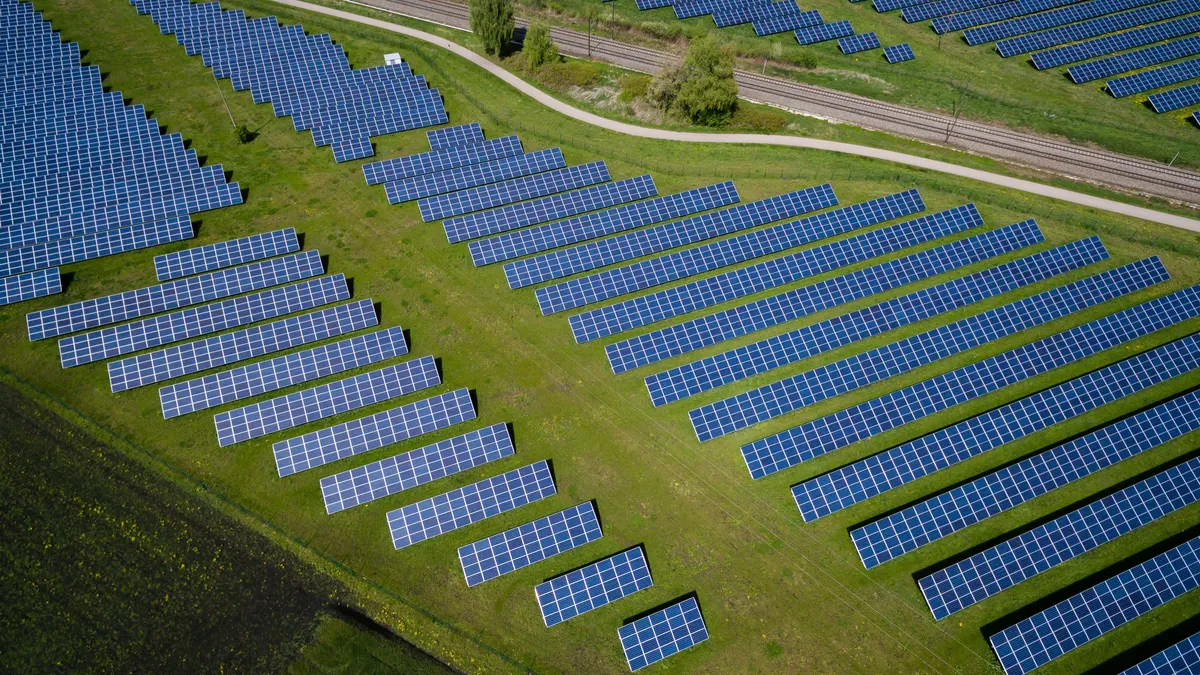The past few years have exploded the once-popular idea that the utility industry is sleepy and slow moving. Indeed, a combination of factors has transformed the energy sector in which utilities operate into one of the most innovative and dynamic in the entire global economy. As is so often the case, technological advances and market developments have played an outsized role in driving this rapid change.
For instance, massive scale and improvements in technology have helped drive down the cost of solar energy so much that it has rapidly made the jump from an expensive niche industry squarely into the mainstream. Electric vehicles (EVs) and battery storage are both following a similar path, driven in part by regulatory activity and environmental goals in states from California to New York and Massachusetts.
Underlying all of this ferment, change and innovation is the customer. “Customers’ needs are changing,” said Carlos Nouel, the vice president of National Grid’s New Energy Solutions team, a division of the utility whose mission is to develop and launch innovative solutions and technologies that deliver value to customers. “They may want to connect their electric vehicle or install solar panels on their roof or maybe they just want to have more data so they can make better decisions around energy.”
This confluence of factors is fundamentally reshaping the relationship between customers and utilities in ways that demand utilities to think and act differently. For its part, National Grid has responded to these demands to deliver environmentally sustainable and customer-centric solutions by initiating a multi-pronged and ongoing initiative to build the “utility of the future.” Not surprisingly, understanding customer needs and priorities is a critical first step for National Grid and other utilities undertaking this process. “As we think about making investments in grid solutions or more customer-oriented solutions, getting customer insights and trying to see how those needs cut across all that we do is vitally important,” said Nouel.
But that understanding, and what to do with it, is more nuanced than one might think. “We hear that people want convenience, but that manifests itself in different ways within the same customer segment,” said Nouel. For example, some EV customers may define convenience as having enough charging stations that they never need to wait when it’s time to refuel their car. Others, however, may regard convenience as having different time-dependent pricing options for recharging their EV at home. For non-EV owners, convenience could mean receiving alerts when there are opportunities during the day to earn or save money by decreasing energy usage or the ability to pay bills and manage the services they receive from the utility on their smart phone.
National Grid has a wide range of demonstration projects and initiatives underway to create the utility of the future. In part, this involves leveraging National Grid’s position as a trusted entity with customers to help them make choices they otherwise might feel nervous about. For instance, National Grid did a survey in Rhode Island that found more than half of its customers wanted to install a solar system, yet less than 5 percent actually had. “What we do is partner with solar companies that offer the customer different alternatives and show them the potential output you might get, provide ratings from other customers, and show whether you can lease, buy or finance it,” said Nouel. “This gives customers options that enable them to make decisions easier. We aren’t putting the panels on the roof, but we are enabling that market and making it easier for customers.”
In other instances, National Grid is exploring the customer-empowering opportunities that come from using technologies that many have already embraced. In Massachusetts for instance, National Grid has combined the power of NEST’s smart thermostats with the capabilities of smart meters. “What we are trying to do with this is utilize something customers are already using in their daily life rather than asking them to do something differently,”said Nouel.
Other efforts revolve around more foundational grid investments, such as a project in Massachusetts that allows for utility-owned solar and storage to help National Grid test how the use of smart meters can optimize the performance of feeders. In its New York rate case, National Grid has proposed expanding its own definition of a customer to include developers of distributed energy resources (DER). “We want to show them more real-time information on where they can put solar sites or batteries that are going to provide better value to customers and the grid,” he said.
Much of the success in creating the utility of the future depends on evolving the business model and regulatory framework to ensure the changes provide both more customer value and financial viability for the utilities. While Nouel believes the cost of service will still be part of the equation, he also thinks regulations will emphasize performance and customer value. “Our view is that we need to move to a more performance-based regulation that allows utilities some flexibility and puts the incentives in the right places,” he said. “As we make investments and start to say we’re delivering greater value, that greater value should also mean we have the opportunity to be compensated more.”










